
Assemble Group Photo. Courtesy Assemble.
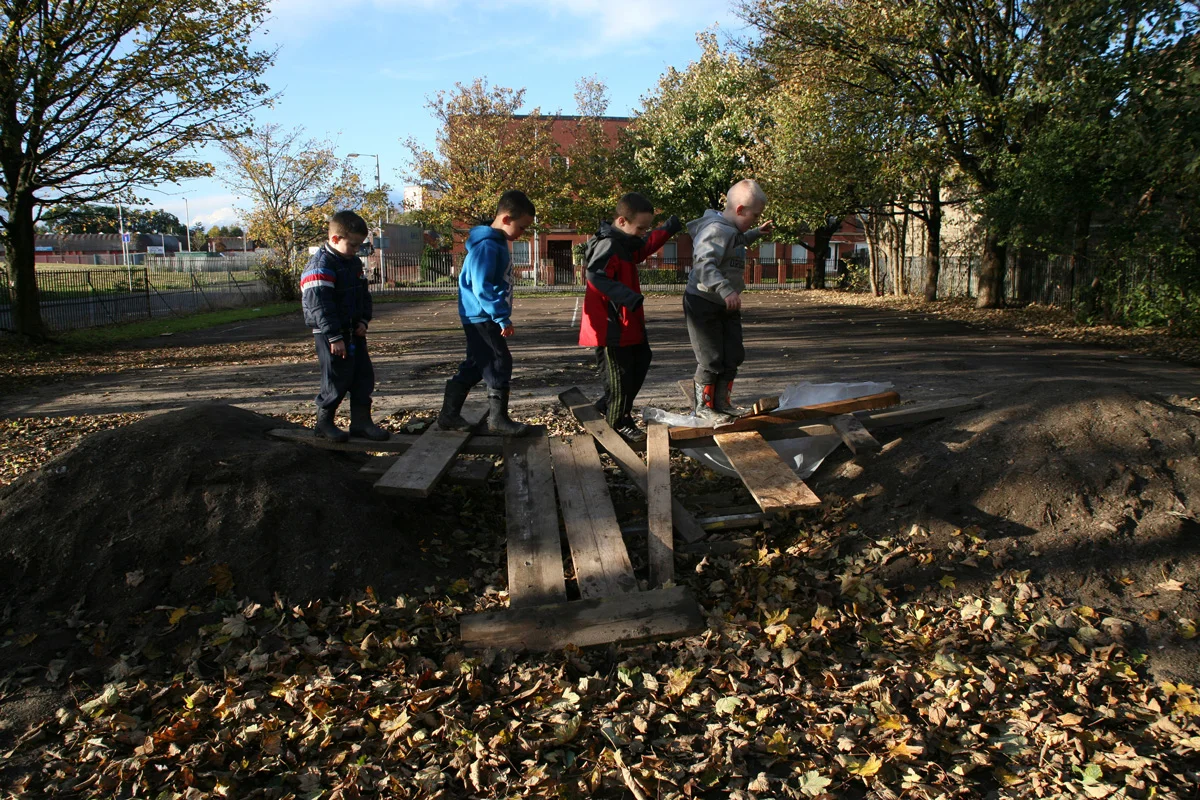
Baltic Street Adventure Play. Courtesy Assemble.
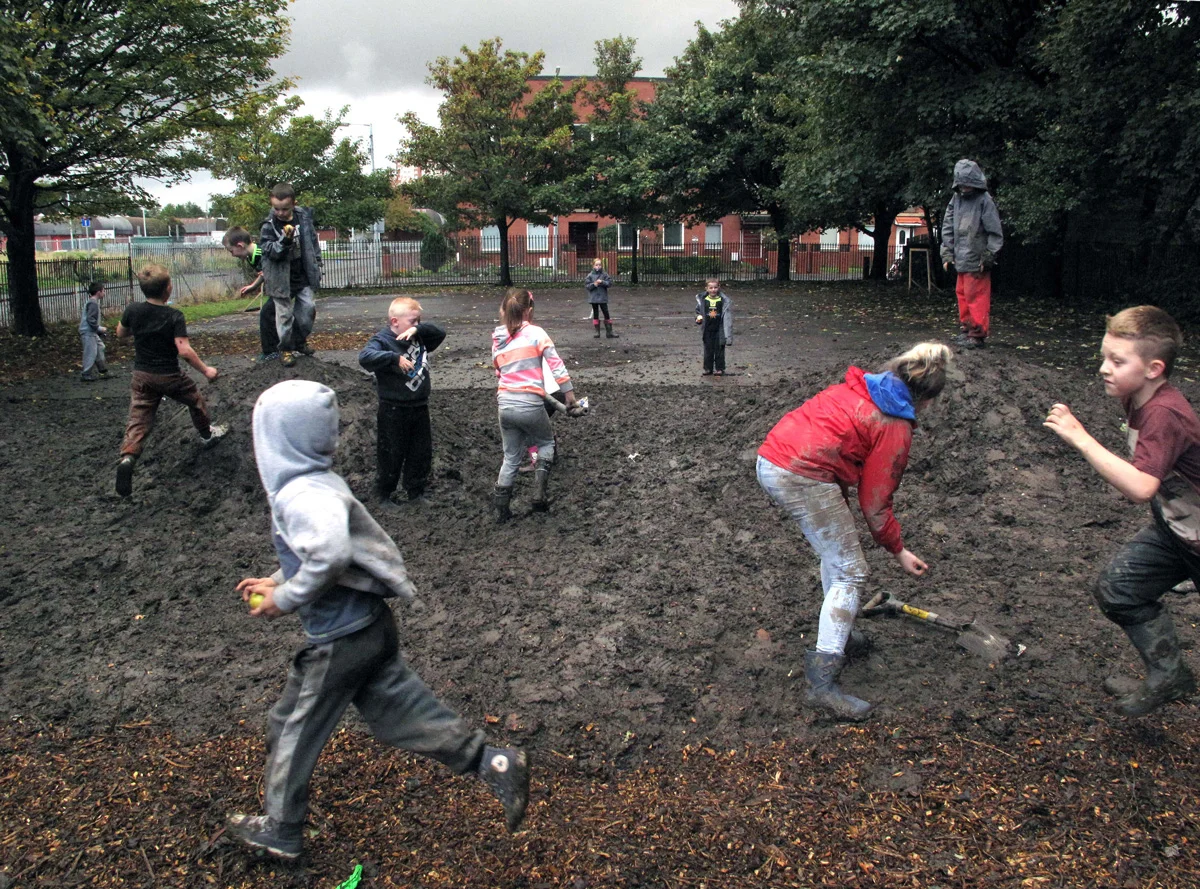
Baltic Street Adventure Play. Courtesy Assemble.
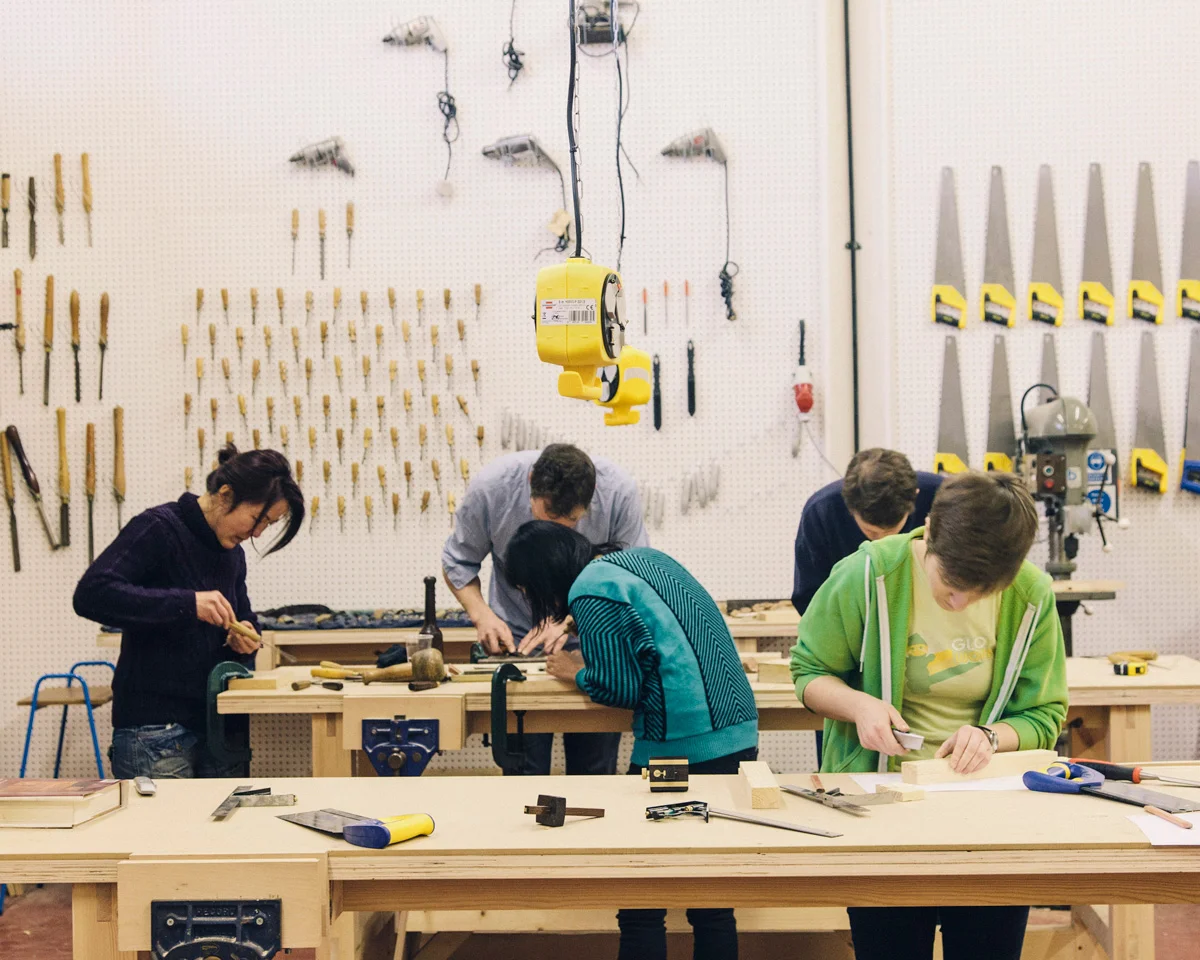
Blackhorse Workshop. Photo: Ben Quinton.
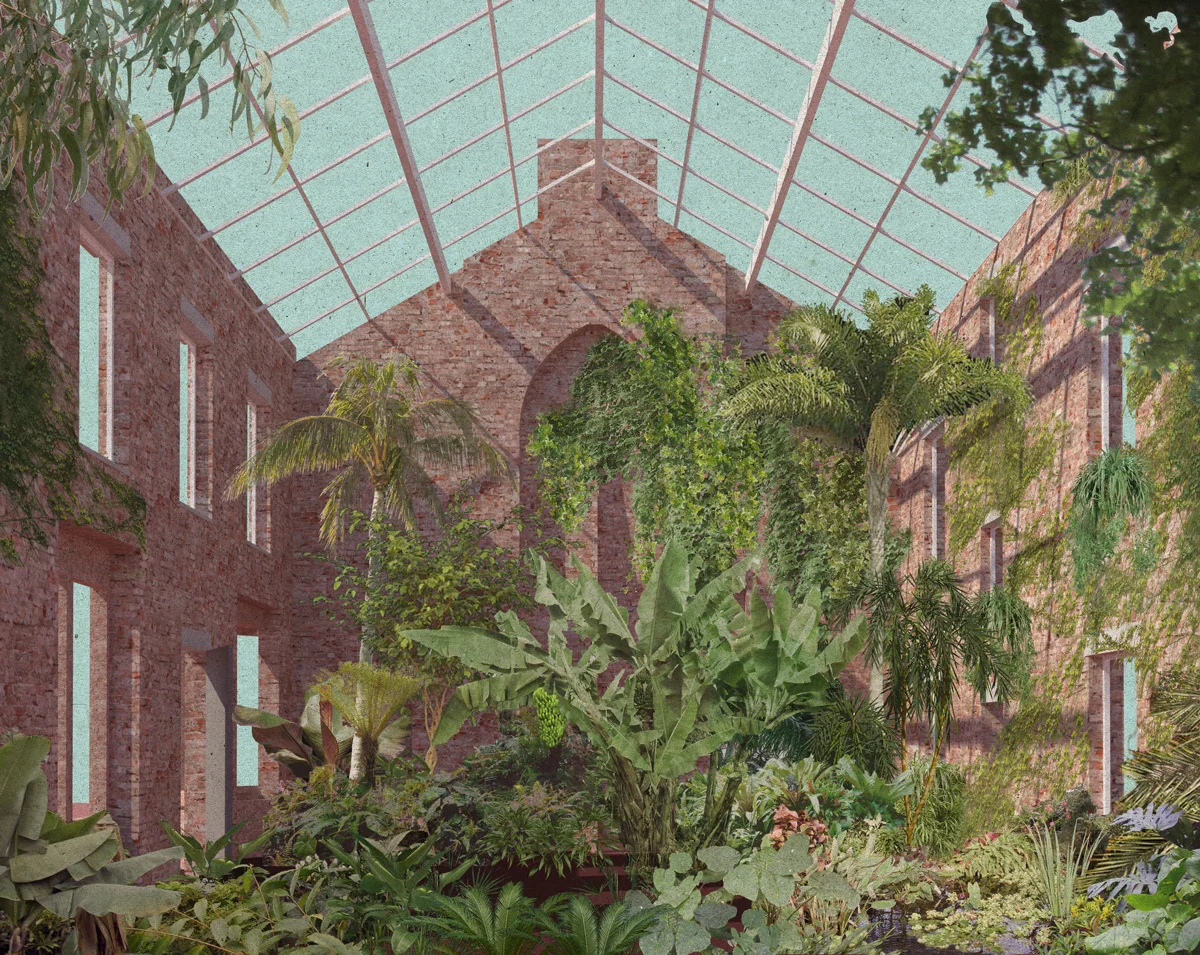
Granby Four Streets, Greenhouse View. Courtesy Assemble.
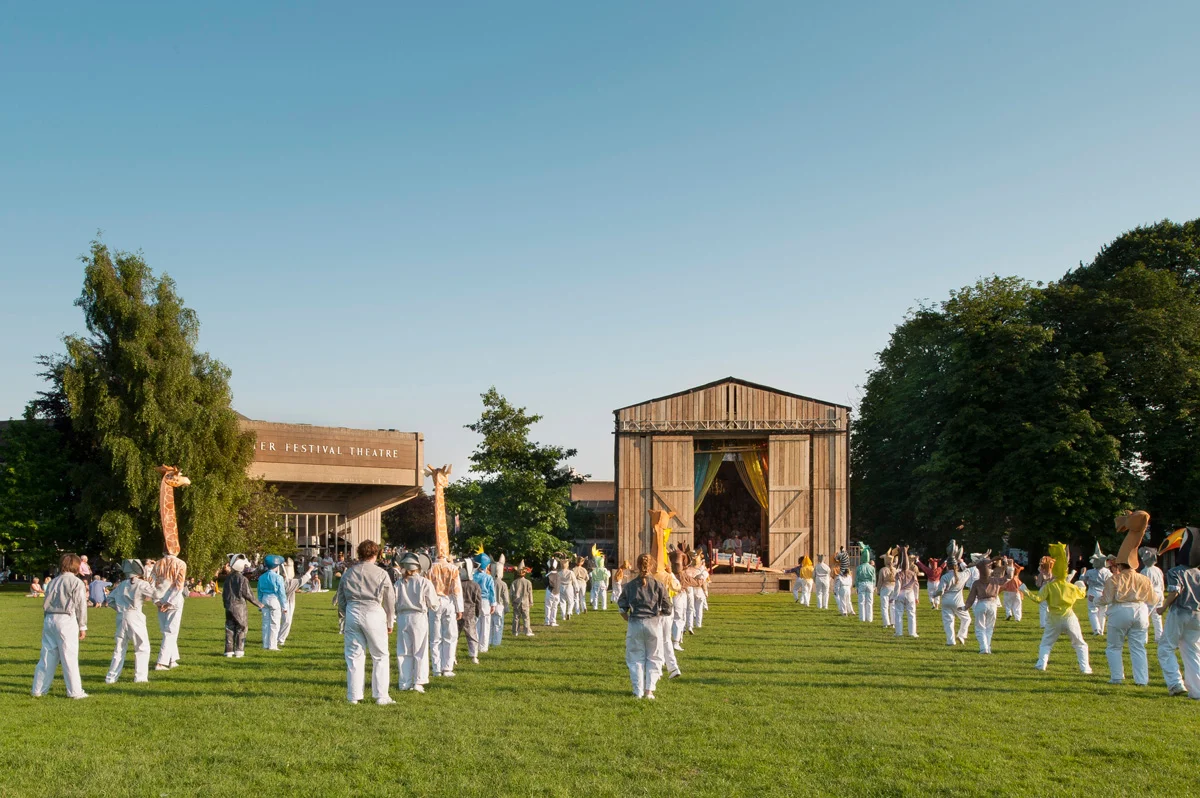
Theatre on the Fly. Photo: Jim-Stephenson.
[](#)[](#)
ASSEMBLE
What Are All These Leftover Screws For?
#### _There was never any more inception than there is now,_
#### _Nor any more youth or age than there is now,_
#### _And will never be any more perfection than there is now,_
#### _Nor any more heaven or hell than there is now._
#### _Urge and urge and urge,_
_Always the procreant urge of the world._
**_—Walt Whitman, Leaves of Grass_**
Fran Edgerly and I are having tea together over five thousand miles and eight time zones apart. Edgerley is a member of the collective Assemble, a 20-or-so group of designers, architects, and creatives who have been nominated en masse for this year’s Turner Prize, the prestigious award given out each year by the Tate Britain.
The projects that Assemble takes on are often large in both practical and social scope. The list of activities since their inception in 2010 include blanketing central London in 200 triangular chairs during the Clerkenwell Design Week, transforming a street in a poor housing complex in Toxteth, to a temporary theater _en plein aire_ for the Chichester Festival Theatre. In between, they erected an affordable workspace for artists, which was constructed for a fraction of the cost of a conventional construction job without sacrificing design. The studio spaces had ten applicants for every space by the time it was finished.
At 28, Edgerley is one of the younger members of the group. She became involved through her cousin who was friends with the initial members who went on to form Assemble at Cambridge University. After finishing her studies in philosophy, psychology, and physiology at Oxford, Edgerley worked on “The Cineroleum.” At that time Assemble were just a bunch of recent grads. Some had jobs in architecture, but wanted to do something different. “The Cineroleum” came from a vision to convert a derelict petrol station—of which there were 4,000 in the UK—to a film and theater venue. Speaking to Edgerley, her thoughtfulness and intelligence are evident from the moment we commence the interview. As we move on from her description of a typical Monday (meetings and meals with all active members), I broach the idea of community with her, “Well we have been talking about it quite a lot,” Edgerley muses, “a lot of the work we’re doing is about the community, or has come from the community, there’re lots of questions about representation. I think the main thing that I’ll say about community is that it’s a much more amorphous and messy thing than can be understood with just using a precursor like “the community.”
“Community is just your life.” She continues, “it’s what happens when you’re just getting on with your existence in a kind of supportive and nurturing environment. It’s just people co-existing and supporting each other. I think the difficulty is when people try to pin opinions onto the community or a community because, as in any generalization of any kind of group of people, it’s not helpful.”
That Assemble exists and has thrived is all the evidence you need to see that, like a terrain scarred by a wildfire, sometimes you need to burn things to the ground in order to make room for new ways of growth. Take, for example, the student protests in London of November 2010, when between 20 and 50 thousand students gathered to protest the tuition hikes proposed by Deputy Prime Minister, Nick Clegg, and the lack of work opportunities in England. The same year in Los Angeles, the L.A. Unified School District teachers, in 2010, protested the release by the _L.A. Times_ of a database ranking 6,000 teachers on their effectiveness in raising student test scores. Initial results of the protests were not promising: tuition fees were raised in England, and the teacher ratings database is still live. Ultimately, however, their actions laid the foundation for a paradigm shift that has this year seen sweeping changes to federal education law lessening the importance of student test scores, as well as a rejuvenated DIY movement in Europe, which have created communities like Assemble to find real and meaningful employment.
As for their future? Edgerley is hopeful. “Ideally we \[will\] have found a way to work as a group or at least develop our studio; \[that is\] the work we’ve done and its different programming. I think ideally we \[will\] have developed that into a new phase where it can somehow provide more sustainable incomes for the group so we can have the freedom to do better work and not have the compromises that come with having to make money from funding, and where that money comes from, and the deadlines.
“If we could have more independent income generated from the right development work, that’s great, and I think that’s where we are moving so that is the dream.”
